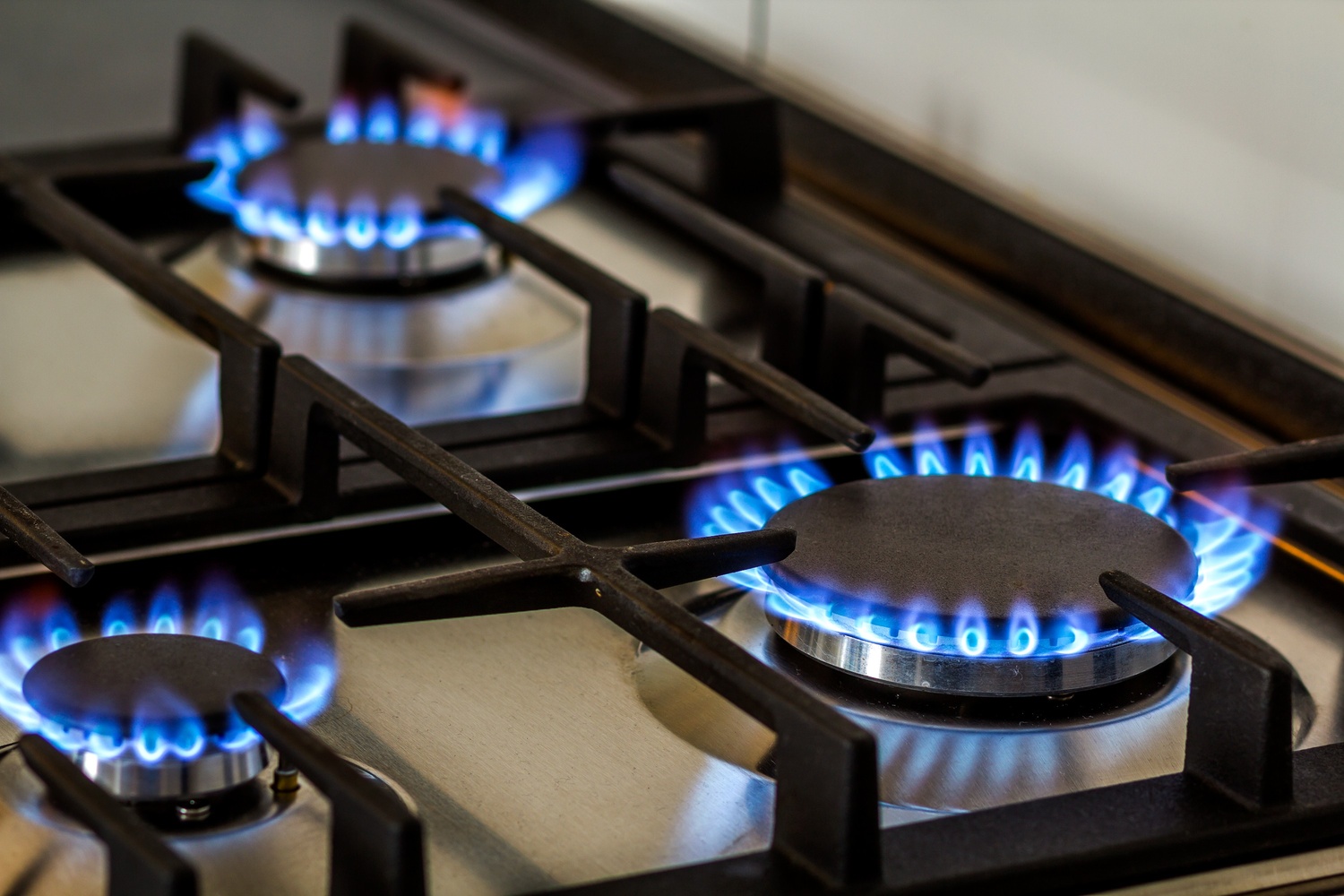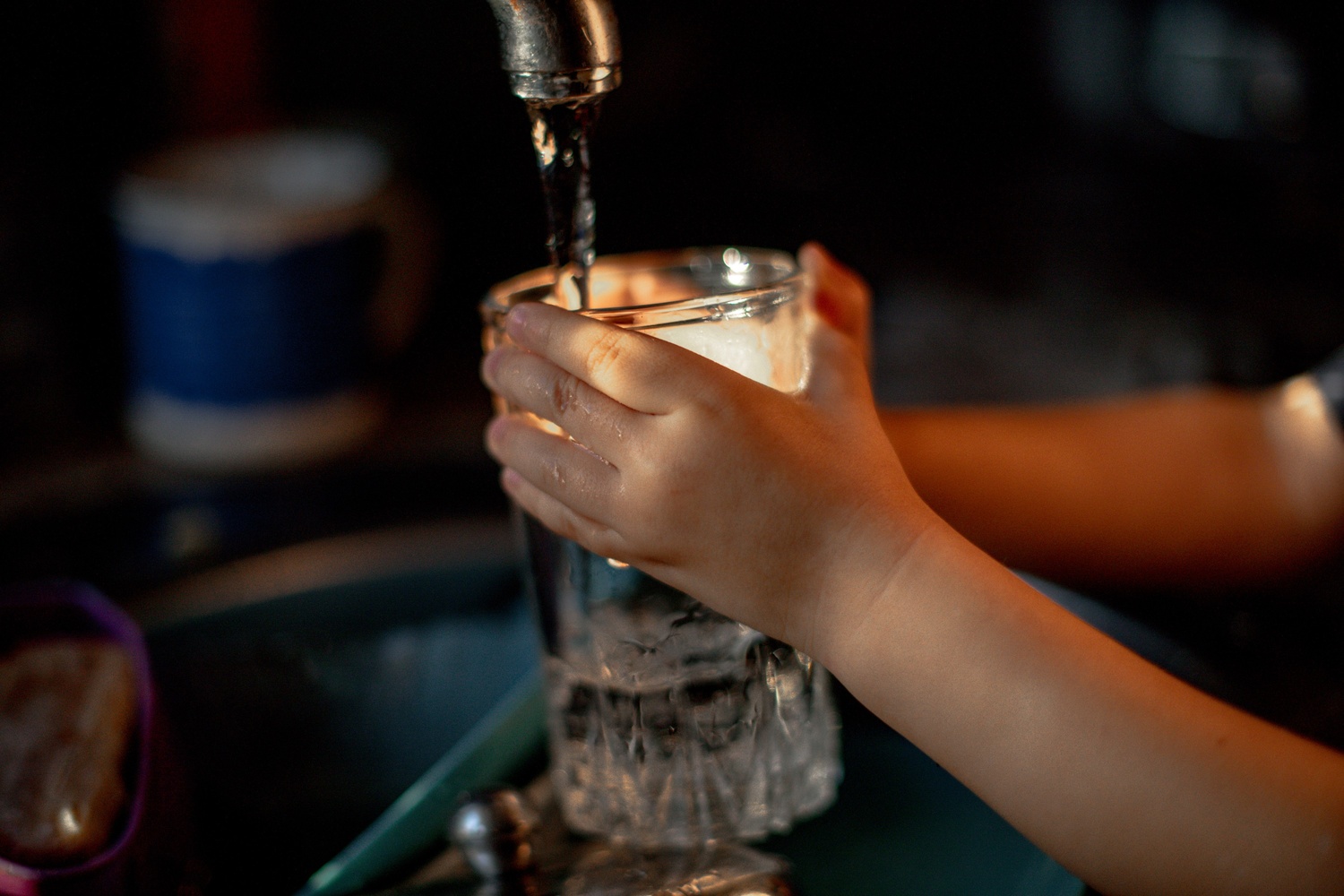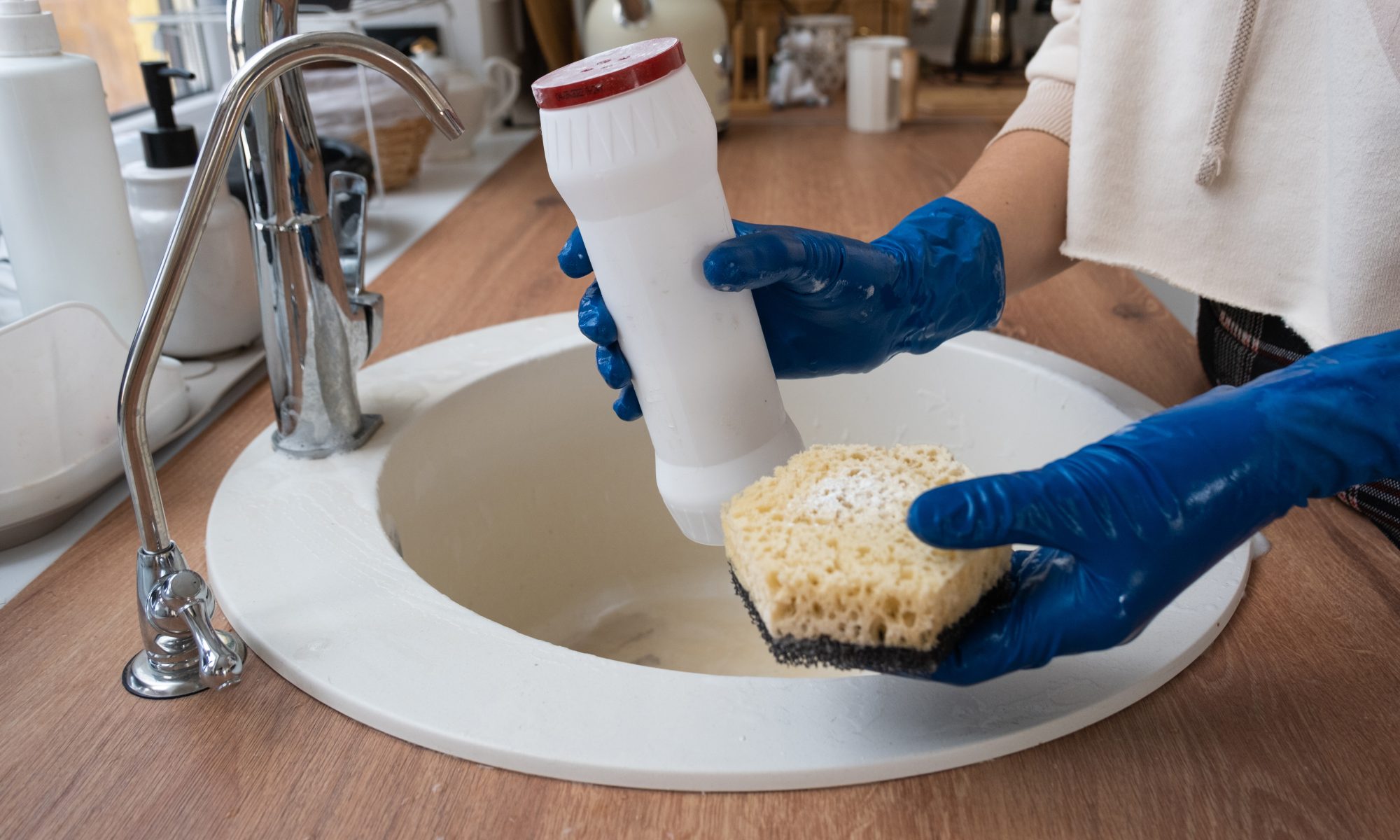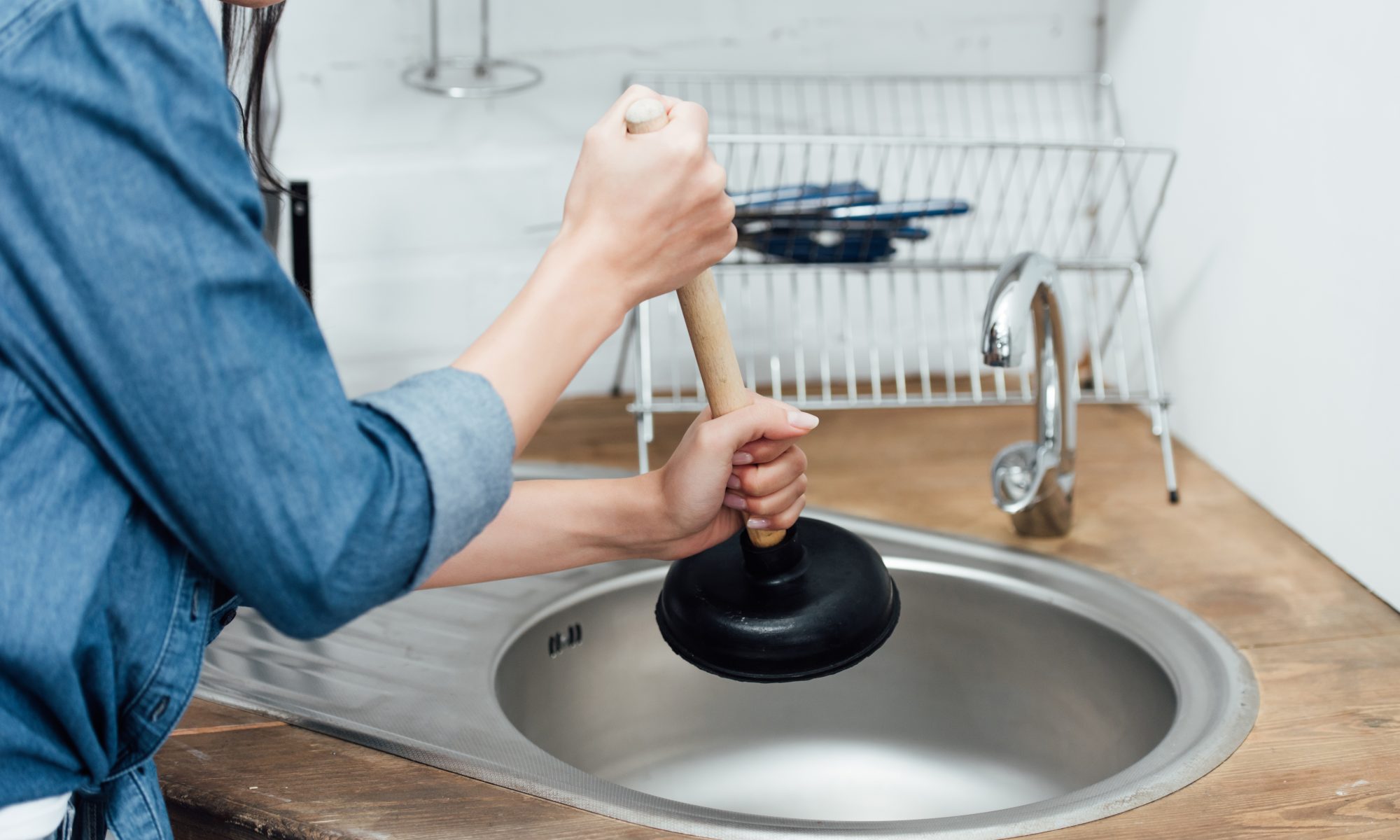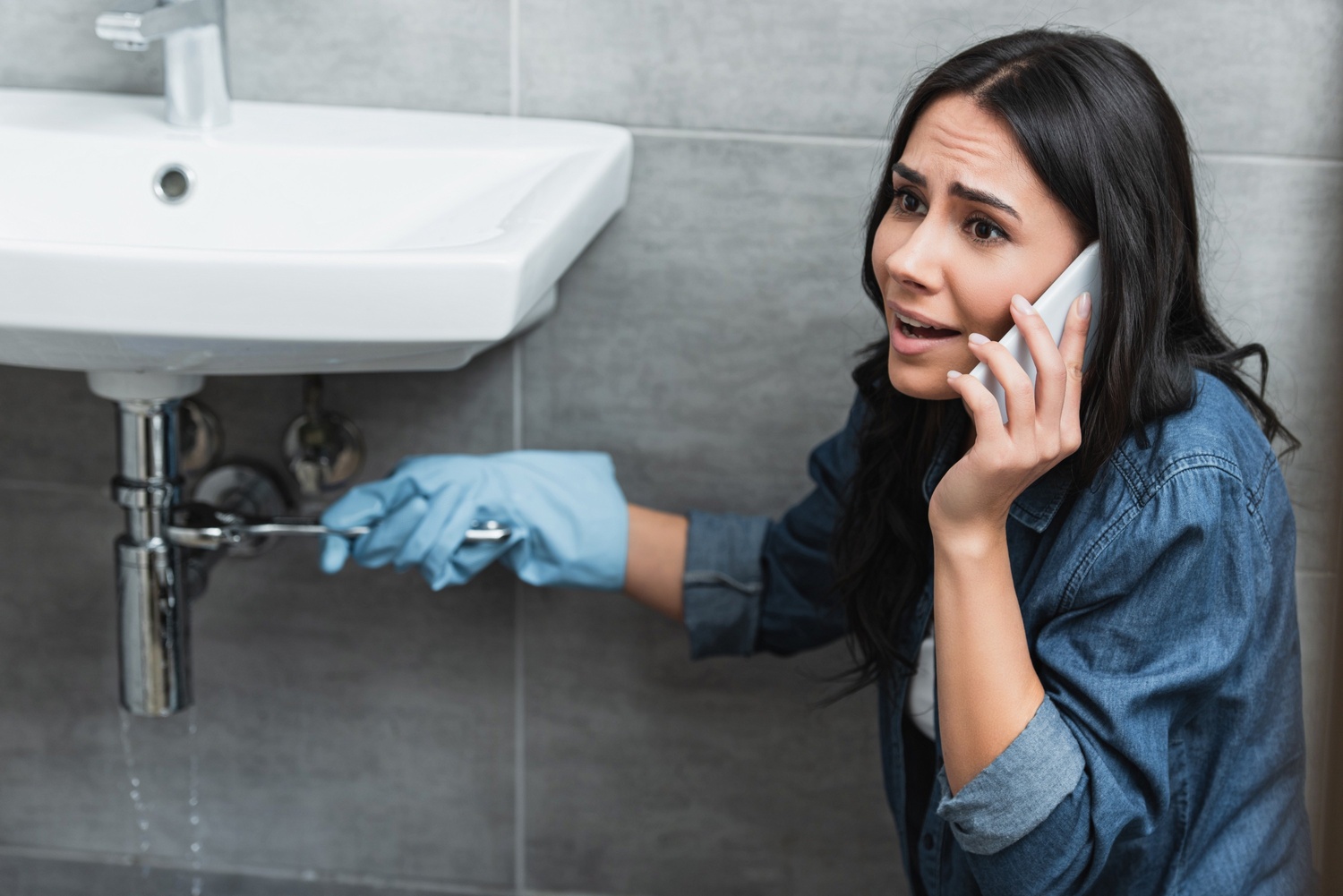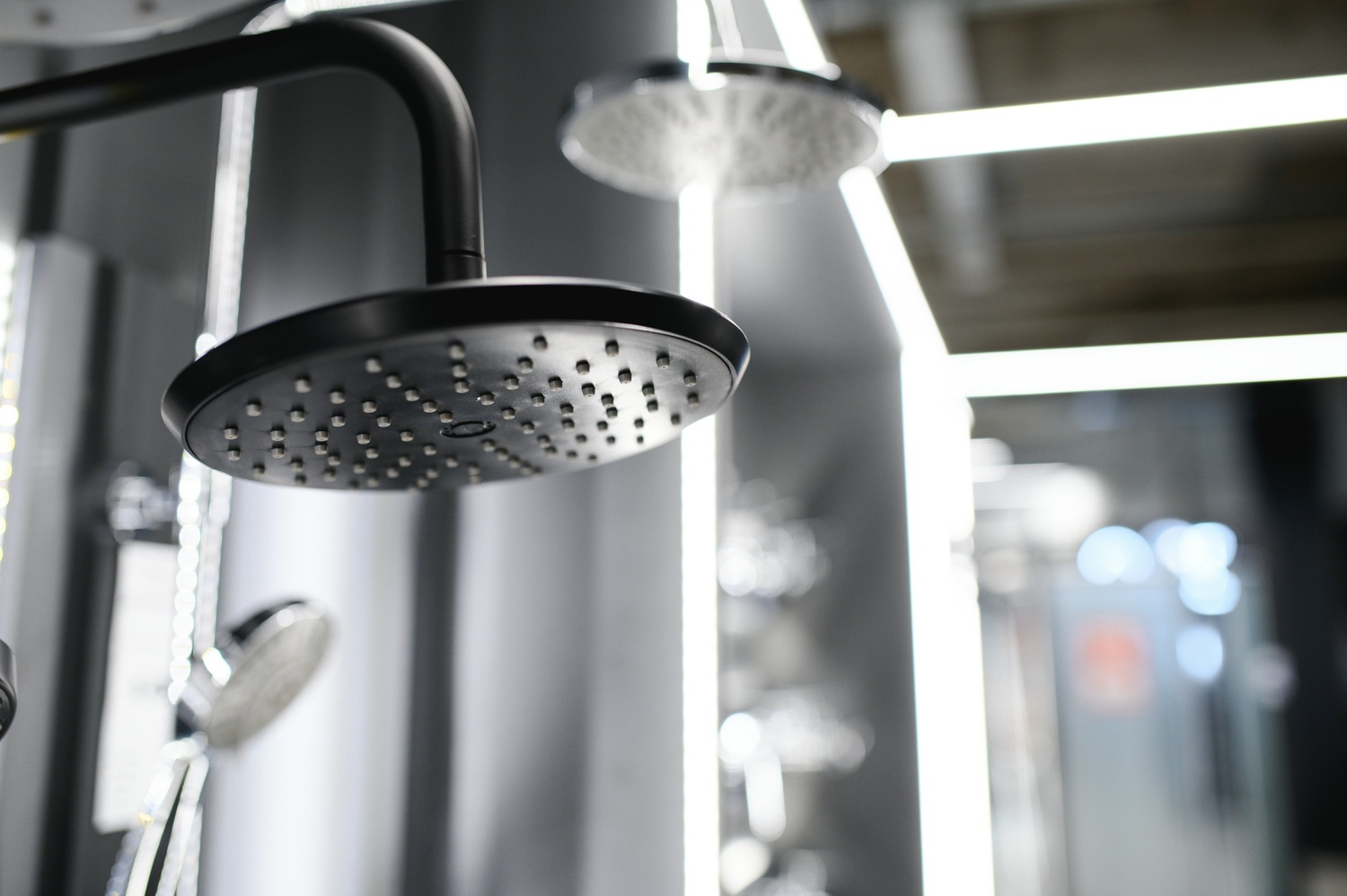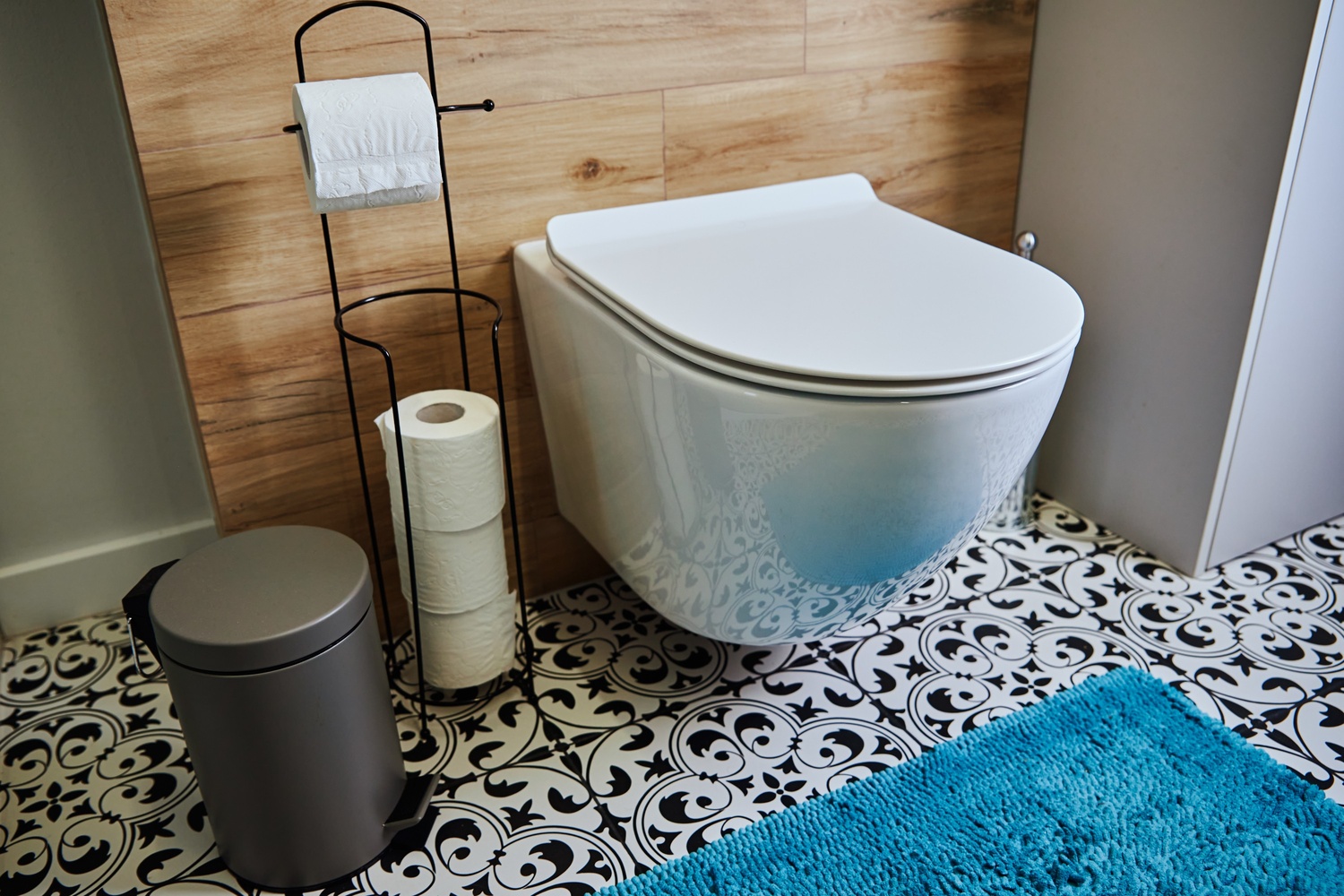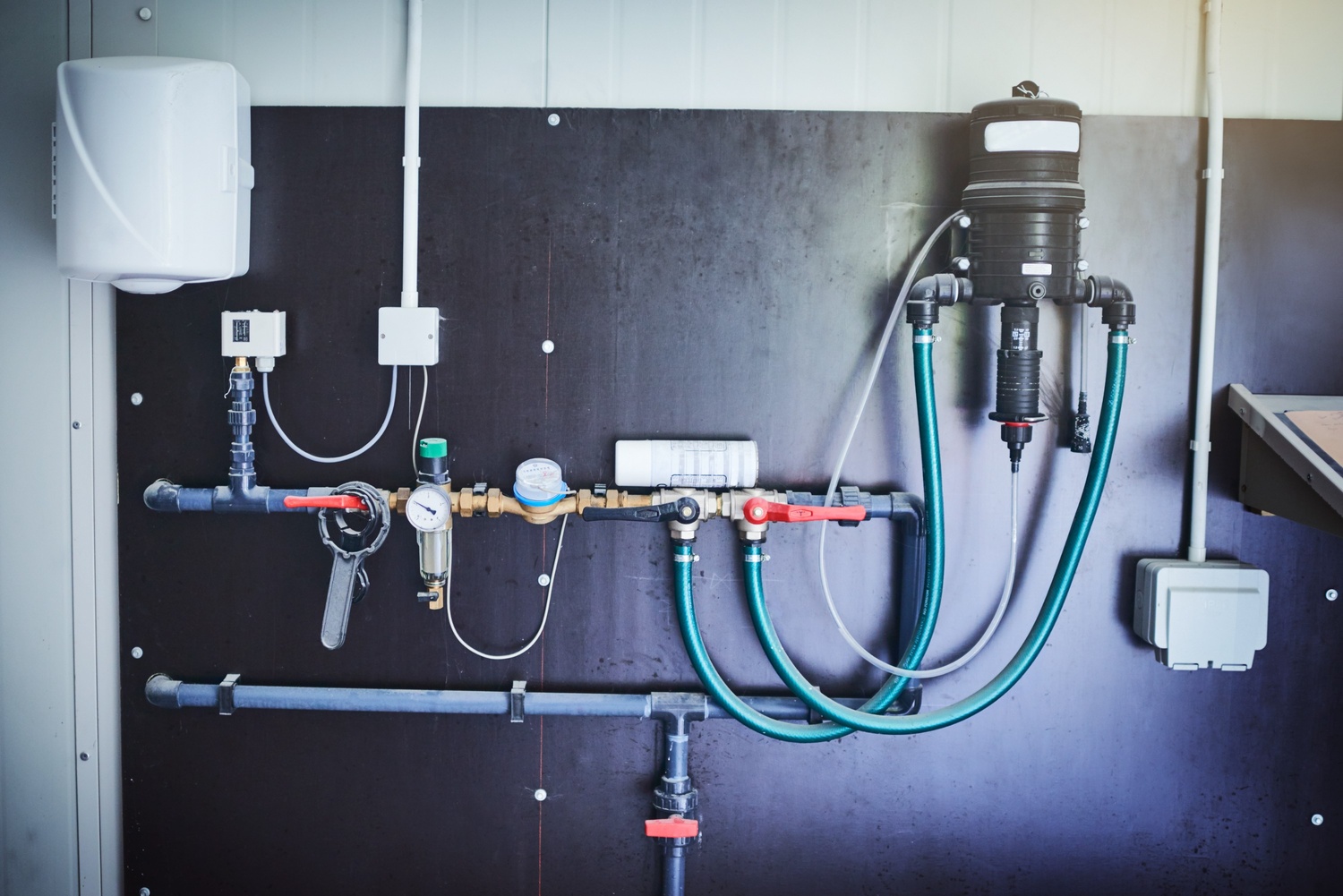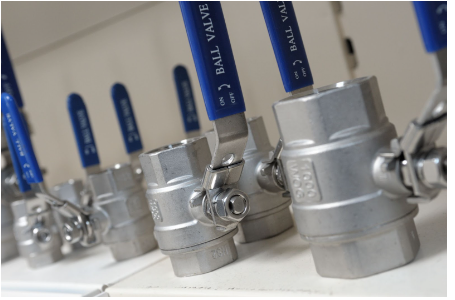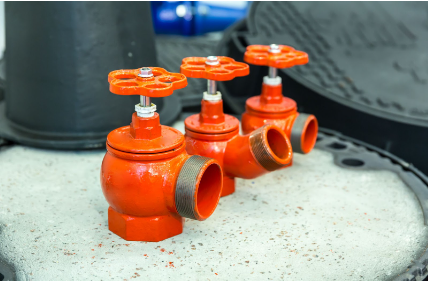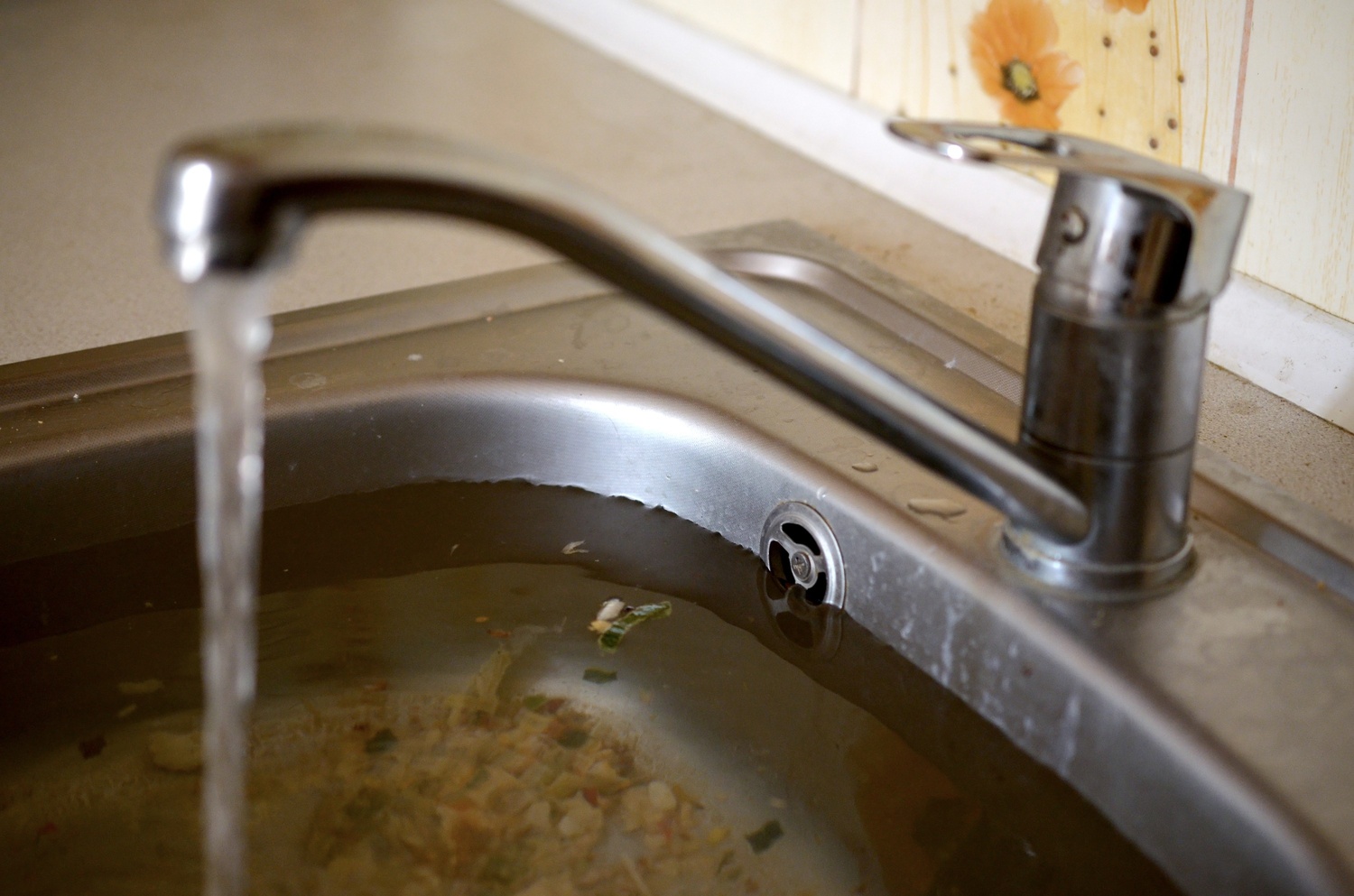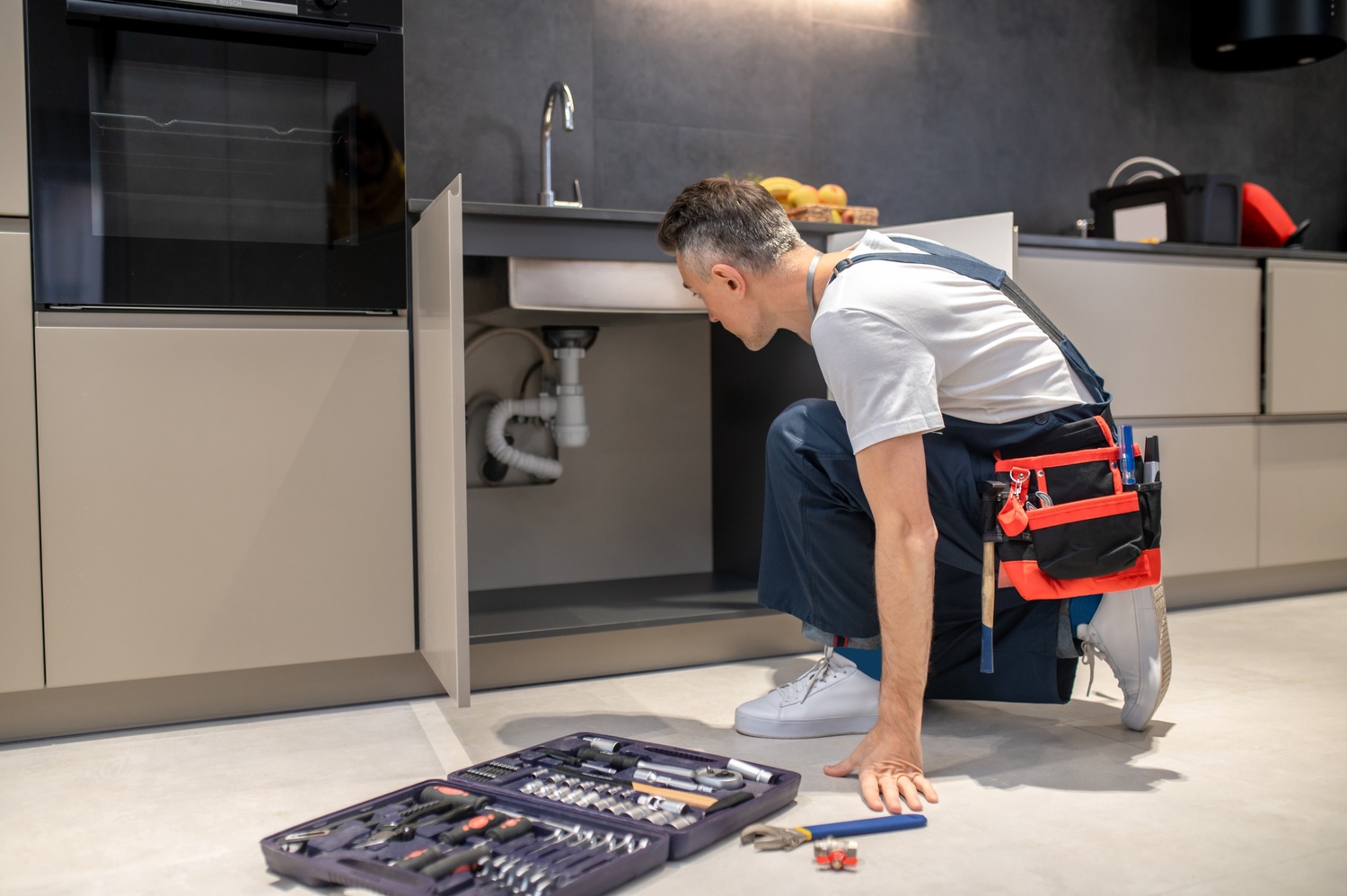Gas safety is an important part of keeping your home and family safe. Gas is a reliable energy source in homes and businesses, but leaks can pose serious risks if improperly managed.
In Australia, leaks from underground fuel tanks and pipework are common causes of soil and groundwork contamination, but these dangers can also happen in your home. Recognising gas leak signs and practising safety are important steps you must take.
This is a guide to help homeowners prepare and manage gas leaks. Read on to learn practical steps to protect your loved ones.
Common Causes of Gas Leaks and Prevention Tips
Household gas safety begins by understanding the most common causes of gas leaks.
Common Causes of Gas Leaks
Gas leaks can occur for various reasons, often due to poor maintenance, faulty installation, or wear and tear issues.
- Worn-out or corroded gas pipes: Ageing or damaged pipelines can develop cracks or leaks.
- Faulty gas appliances: Malfunctioning stoves, heaters, or water heaters can release gas.
- Improper installation: Incorrectly installed gas lines or appliances increase the risk of leaks.
- Loose connections: Unsecured fittings allow gas to escape.
- External damage: Construction work or accidental digging can damage underground gas lines.
Signs of a Gas Leak
Recognising the signs of a gas leak helps prevent dangerous situations. Make sure all family members are aware of the following signs:
- Distinctive smell: Gas smell is strong, similar to a rotten egg. This distinct smell is added to natural gas to alert people for leaks.
- Hissing sounds: A whistling or hissing sound near gas lines or appliances may indicate escaping gas.
- Dead or dying plants: Plants that suddenly wilt or die could indicate a gas pipe leaking nearby.
- Unusual symptoms: If you or any family member experiences headaches, nausea, or vomiting indoors, it could be due to a gas leak.
- Bubbles in water or dirt: Bubbling in standing water or mud may indicate an underground gas leak.
Preventative Measures
Everyone should have an active role in preventing gas accidents at home.
- Schedule regular gas appliance maintenance by a licensed professional.
- Hire qualified technicians to install gas lines and appliances.
- Inspect pipes, connectors, and fittings for wear and tear, damage, or corrosion.
- Install gas leak detectors in your home.
- Contact your local utility services before digging to avoid damaging underground gas lines.
How to Maintain Gas Appliances for Family Safety
Gas appliance safety is critical to ensuring the safety of your home and family. Here are ways to maintain your appliances.
Regular Appliance Inspections
Gas appliances such as stoves and heaters must be regularly serviced to ensure safe operation and prevent hazards.
- Schedule annual appliance inspections by a licensed technician.
- Clean and maintain vents and burners to ensure efficient operation.
- Ensure the technician checks for gas leaks, faulty connections, etc.
- Replace worn-out or old parts to avoid potential failures.
- Make sure your home is properly ventilated to prevent gas buildup in case of leaks.
Safe Installation and Usage
Proper installation and usage of gas appliances prevent leaks and ensure household safety.
- Always hire a licensed professional to install gas appliances.
- Follow the manufacturer’s instructions and usage.
- Ensure all connections are secure. Test for leaks before using new appliances.
- Make sure the area is well-ventilated.
- Never install gas appliances yourself. Improper installation can lead to leaks and dangerous conditions.
Proper Ventilation
Proper ventilation prevents dangerous gas buildup in rooms. Maintaining adequate airflow allows gas to dissipate quickly, reducing accumulation and keeping your home safe. Without proper ventilation, gas can accumulate inside your home, causing health hazards or, worst cases, explosions and fires.
Emergency Steps for Handling Gas Leaks
When you smell or hear gas or notice unusual symptoms, open windows and doors and get your family out of your home. Gas is dangerous and should be removed from your home immediately.
Step-by-Step Emergency Procedure
Stay calm and follow these steps as soon as you suspect gas leaks:
- Turn off your gas supply from the main supply valve. This valve is usually located near the gas meter.
- Leave your house immediately and ensure all pets are outside.
- Open windows and doors to allow fresh air to circulate.
- Do not use electrical devices such as switches, phones, or appliances, as these can create a spark.
- Contact a licensed professional gas technician to inspect your appliances and pipes.
When to Call a Professional
Call a professional when you think there’s a gas leak or are unsure about your gas appliance’s condition. Contact Link Plumbing for the following:
- Strong gas smell.
- Unfamiliar with how to install, maintain, or fix a gas appliance.
- Suspect damage to gas pipes, hoses, or appliances.
- If you followed all safety procedures but the issue persists (gas smell, unusual symptoms, etc.)
- If your home has experienced a fire, flooding, or construction damage.
Frequently Asked Questions
1. How often should I get my gas appliances inspected?
A licensed professional must inspect gas appliances at least once a year.
2. What should I do if I smell gas in my home?
Open windows and doors to improve ventilation. Get everyone, including pets, out of the house. Turn off the gas main valve and do not use electrical appliances to avoid fires from sparks.
3. Are gas leaks covered by home insurance?
Some home insurance policies in Australia cover only the cost of locating a gas leak and the damage it has caused. The policy does not cover the costs of repairing a busted or leaking pipe. Contact your home insurance provider to find out about your coverage.
4. How can I reduce the risk of a gas leak?
Reduce the risk of gas leaks by a licensed professional technician regularly maintaining gas appliances and pipes. Use proper installation and maintenance techniques and follow the manufacturer’s instructions.
5. What are the signs that my gas appliance needs repair?
Your appliance needs repair if you notice inconsistent performance, unusual smells and noises, or a gas leak.

 0412 056 027
0412 056 027 
